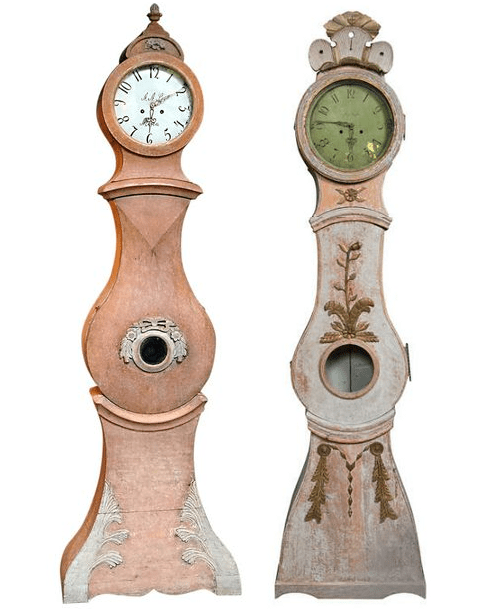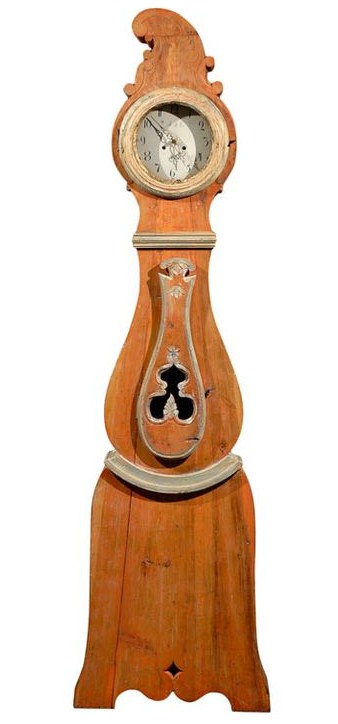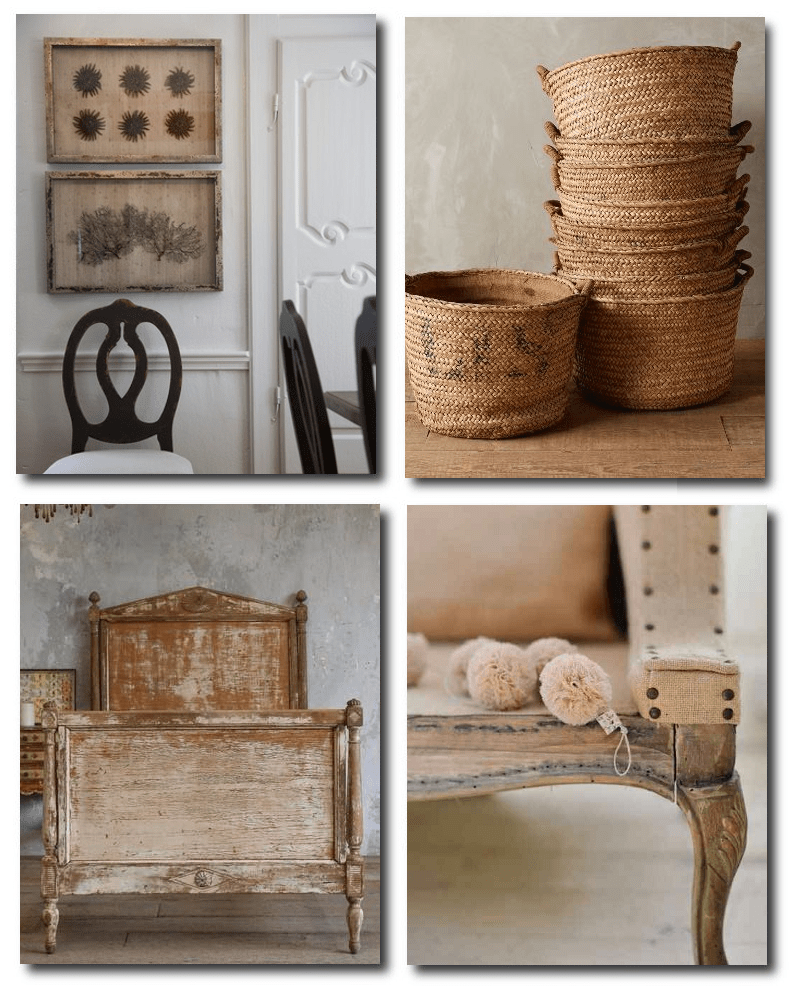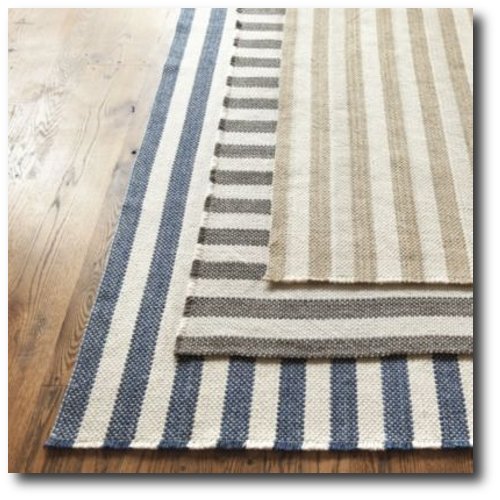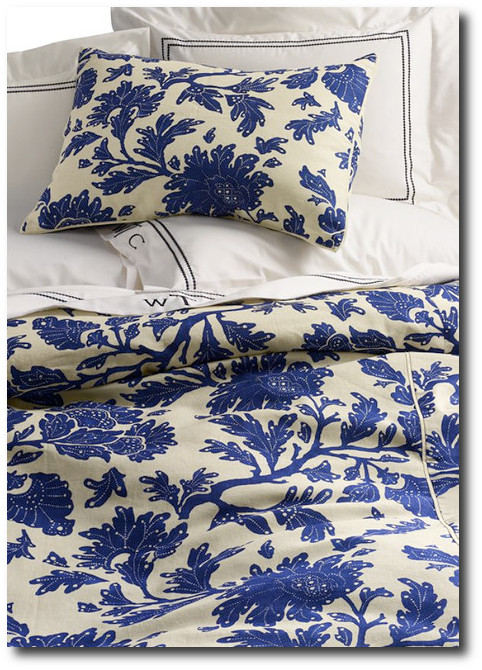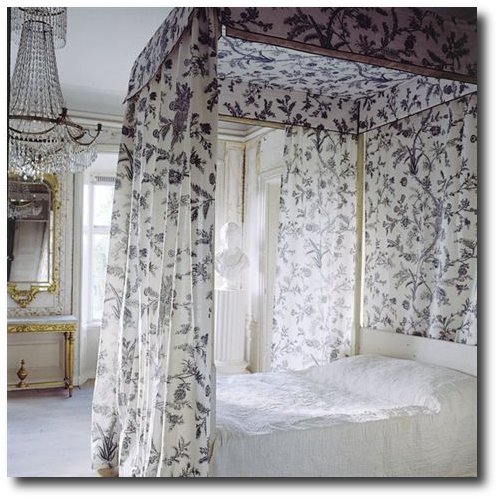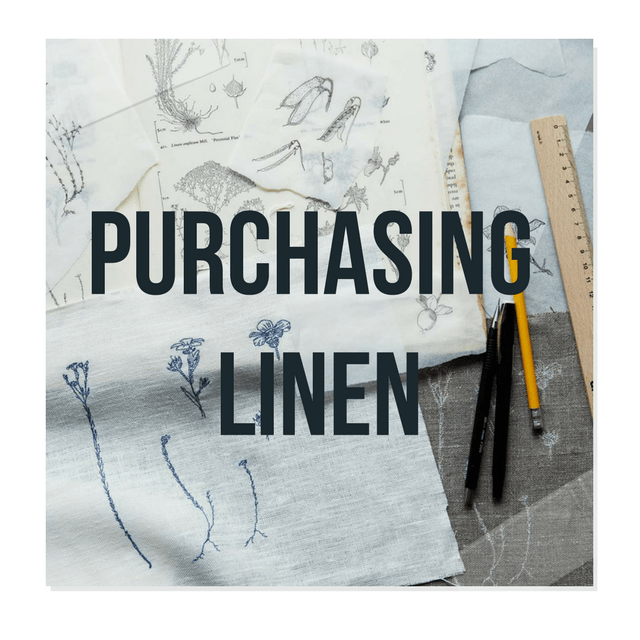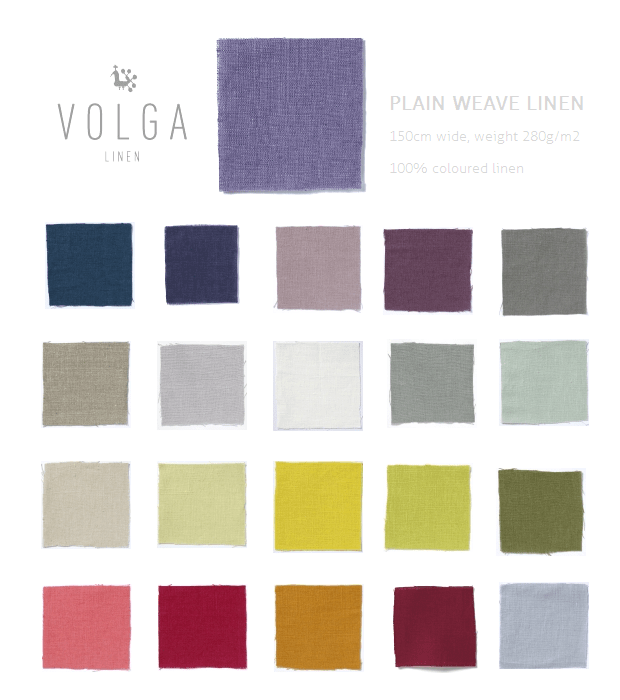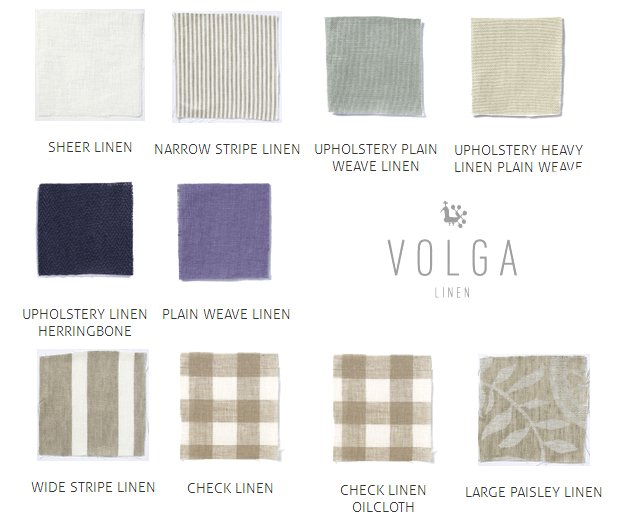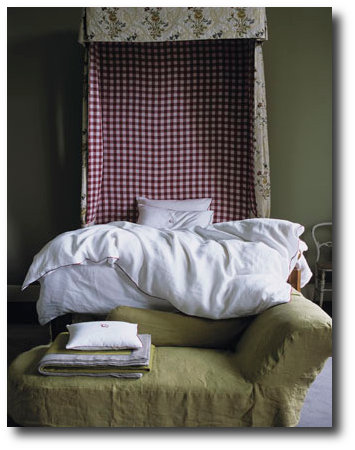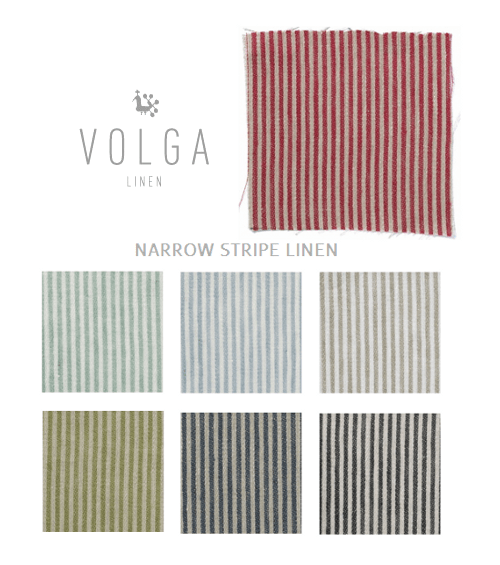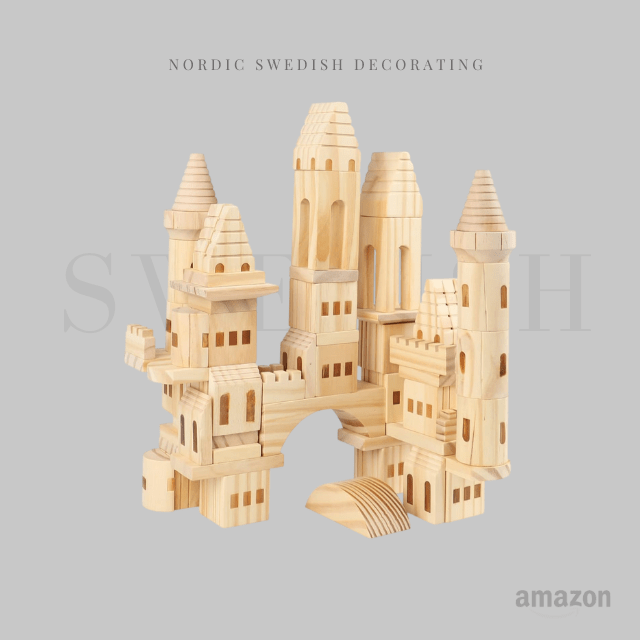
7 Places To Find Swedish Design For Toddlers
75 Pieces Wooden Castle Blocks – Amazon
Children are gifts that need to be pampered every time. When you are expectant and planning to prepare your nursery, there are things that you always want. You keep looking for concrete furniture for children, you want a particular design, or mainly you are looking for décor that will meet your satisfaction. If your taste is the modern Nordic style, then the feeling gets more complicated. Scandinavian style has the best décor for a child’s bedroom, and it has its unique simplicity. However, the big question is where I get specific things for my kid’s bedroom. Take a look at some of the top shops around with furniture toys and interior accessories for children.
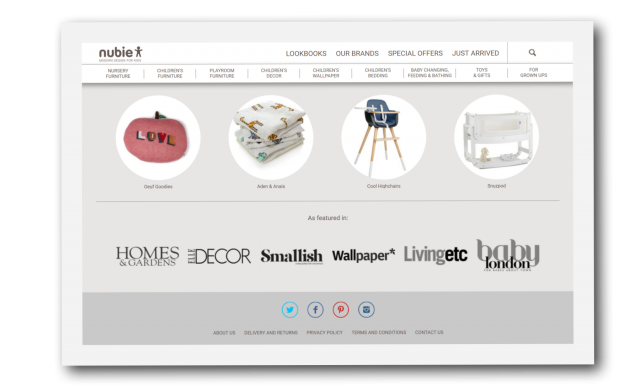
- Nubie
Nubie is among the best shops in the UK for children’s interior. The shop has a great selection of the Scandinavian design and brands. If you want to decorate your child’s room with wardrobes and beds from the Oliver furniture Danish brands, this is the place to shop. It’s your one stop shop that has a wide selection for the entire family too. There are lots of toys for the nursery decoration, plenty of eating room accessories and of course the sleeping area. Once you are here, you don’t need to go somewhere else.
Picture Credit –Flickriver
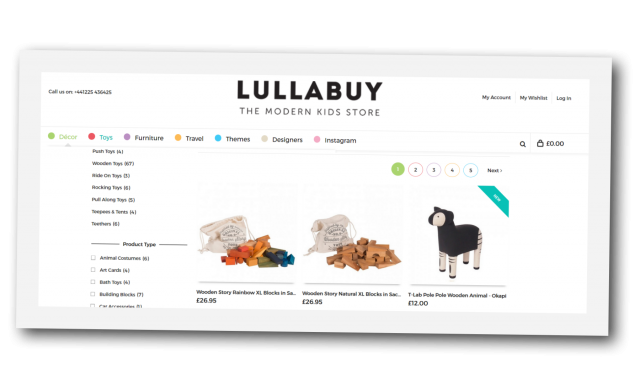
- 2. Lullabuy
Nursery room has so much than any other room. Therefore, while decorating the room, you must ensure you find the best items from a trusted brand. At Lullabuy, this should not be your fear. They stock the best accessories and decoration kits for the kid’s room. They have shared the best Danish brands to solve your numerous storage problems for your child. The shop has the best wallpapers, beddings, decorative wall display, Lamps, and cushions.
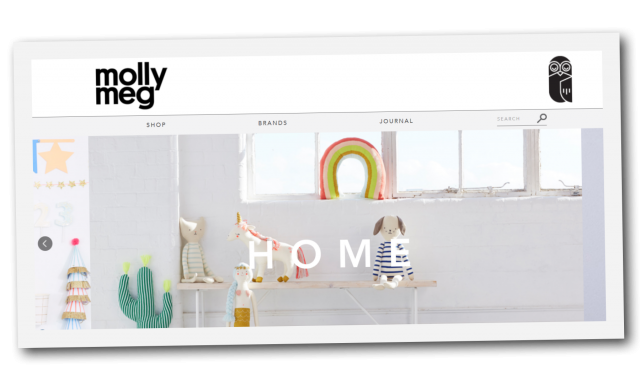
- Molly-Meg
Unlike all the other stores, Molly-Meg is specifically designed for children selection. The shop is stocked with home decorations, toys, and edited selection of furniture and course gifts for the new family member. However, the designs for most of the items here are not Scandinavian but have the same functional, simple and modern design aesthetics, which is a traditional model for the Nordic decorations.
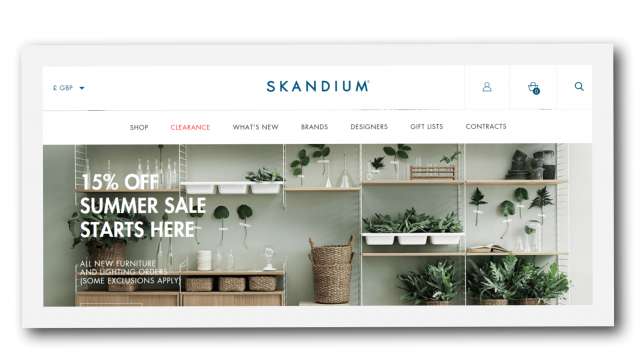
- 4. Skandium
Although the shop only stocks a few selections for children furniture, it has the best and durable items. Rather than preparing the nursery for sleeping purposes only, here, you will have a selection of junior size design chairs to keep your child active with a matching tableware and lots of gifts for the child. Skandium provides you an assurance that your Nordic style of a modern home is complemented with some of the best brands.

- 5. Kidsen
Kidsen is the place with all the small room decorations design furniture and toys. Here you will shop for everything made of the top Scandinavian brands. Mini, Rodini, ferm living, Brio, Isak, and many more. At Kidsen, you will find everything stocked just for you from toys, furniture, clothes and all other necessities for nursery decoration.

- Lo and Behold store
Your child’s room needs to be colorful, decorative and attractive for the child to find quick rest and fun. At Lo and Behold Store, there is all this in place just for you. Talk of cool posters, beautiful bedding from Ferm living and Danish brands, furniture and all other accessories for interior design. The shop ensures you get all you need to keep your child healthy active and physically fit.
- Mood
Want to nurture your child’s in a design atmosphere, the mood is the right place to shop. Here there is an appreciation of the direct role of design in your toddler’s development. The store is carefully curated with all the latest and high-end brands from trusted designers to ensure you get the best items. It’s the only store you will find Leander in stock. It’s all about interior décor for the child and a modern family. Mood guarantees you perfection in every item you buy.
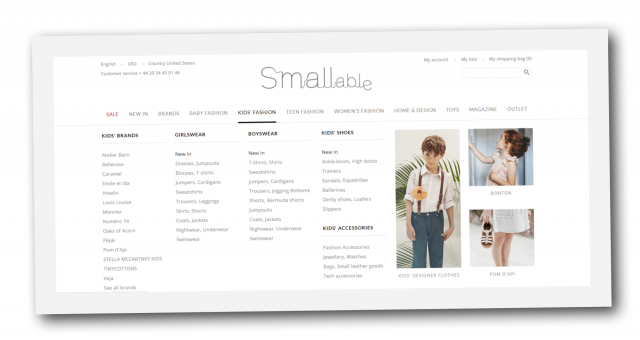
- Smallable
Looking for Convertible toddler beds, shelves, cots, wardrobes, baby essentials chairs, furniture and baby desks, smallable has it all. The shop gives you a full selection of baby valuables for perfect decoration including night lighting, poster, lamps, rugs, garlands, mobiles, and bedding. The shop is divided into sections to ensure you shop faster. The beddings have designer fabrics prints for longevity and quality. This is the only shop with specified design to meet your toddler needs and save you cost and the hustle of moving from shop to shop.
Conclusion
With such shops in your mind, it’s therefore easy for you to decorate the nursery for your toddler and it the best crib. Additionally, you can make the best selections to ensure that the room is still right for your child when s/he turns teen.
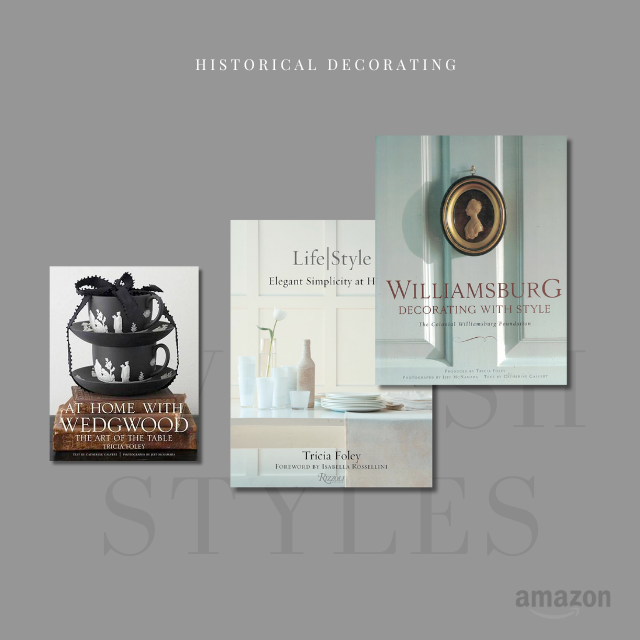
5 Pieces Of Wise Decorating Advice From Tricia Foley
Find her books on Amazon
“I think that many people try to copy what’s trendy rather than trusting their own personal style in decorating a home and then the look doesn’t last. If you’re really not sure about making decorating decisions, keep a file of pictures of favorite rooms culled from books and magazines to help narrow it down” Tricia Foley
“In terms of color for walls, I always do a test patch and live with it to see how the color responds to the light and with the existing furnishings. It’s also important to put it all together and make sure that your color palette is compatible and that you’re not acquiring furniture and accessories in bits and pieces that don’t work together. “Tricia Foley
“It makes sense to follow the architectural style of the space. Determine the function of the room and really think about how you will use it. Then furnish it appropriately for those uses. Finally, layer on your own personal style — not someone else’s. Aim for personal comfort as well as visual appeal level.” Tricia Foley
Go with good classic design in terms of furniture. I always look for multi-purpose pieces, that can be used for other rooms as living conditions change. Set the scene for your own personal style with neutral walls and floors. Then add simple window treatments and bed linens to transform a space with color.” Tricia Foley
“I see children’s rooms as part of the home, not so much a separate world. I would design the space so that it visually belongs to the rest of the family spaces. It should also be a comfort zone for children and a place for them to express themselves with their own things — there are lots of great storage units, armoires, bins, etc. that are perfect for kids rooms in grownup styles but scaled down sizes available from Pottery Barn for kids, for example Traditions and Mitchell Gold make smaller versions of armchairs from leather club chairs to slipcovered pretty cotton wing chairs that suit many styles.” Tricia Foley
Tricia On Pinterest
Glass For Every Occasion Tricia Foley-Found on triciafoley.com
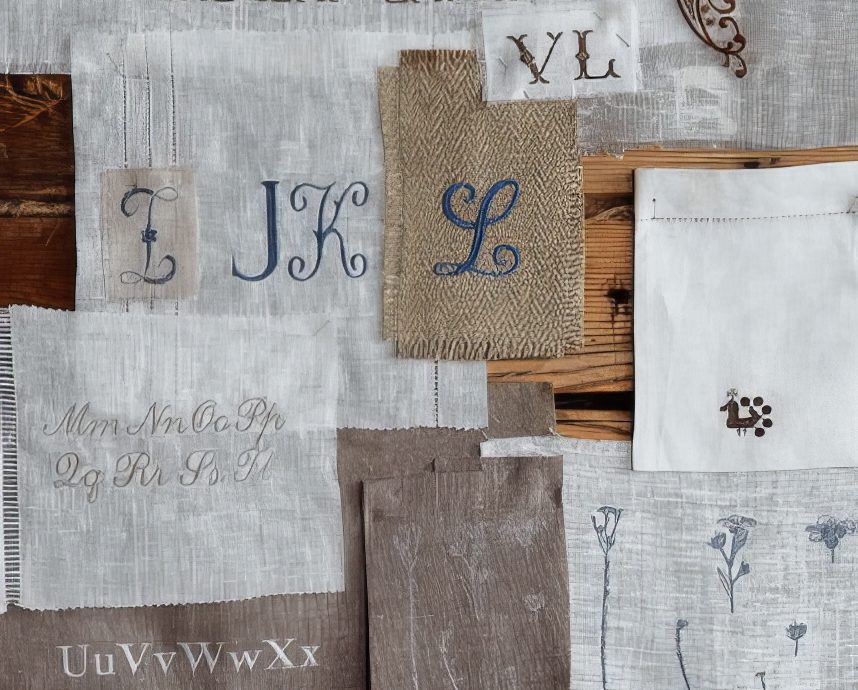
Impressive History Of Fine Swedish Table Linen
Guest Post, Jason Phillips
Linen has been a part of humanity for thousands of years. The ancient Egyptians used it to dress and as cloths. Pieces of linen have been found which date back to 4,200 BC although there are not many which have survived! Swedish linen today is made in a very similar way to those original processes. During the 1500’s tablecloths were used by the wealthy, the cloths were made from damask linen which was imported by Flanders and Holland. The cloths were ornate and decorative; it wasn’t until the 1800’s that the use of tablecloths became a common item in many homes.
Linens In The 18th Century
In 1730 a man called Stephen Bennet set up a linen factory in Sweden; the business had approximately eighty looms and produced some of the best quality damask of the period. The factory was operated until 1845 when it, unfortunately, closed down. During this time Sweden was building a reputation for producing high quality flax and linen; this is the origins of the fine quality Swedish table linen available today.
The Production Process
Men were generally responsible for the heavier work; this mainly involved the carrying and lifting of the heavy materials involved in the production process. Women and children were used to create the actual linen. This was generally split between the ones who had a high degree of manual dexterity; these were the ones who made the fine quality table linen and used one of the looms. The less able children and women dealt with the more mundane work; which was essential to ensure the production was successful.
It was the women who were usually responsible for coloring the flax. This could be a time consuming and awkward job as the majority of the dyes were not colorfast. Most of the dyes were created from natural materials such as leaves, lichens, moss and bark.
A Sound Reputation
The process of weaving fine table linen may have been complicated but its quality was becoming known in many places around Europe. There are many stories of satisfied customers. One particular example which has been told many times over the generations is in regard to a gentleman called Calle Redhe who owned one of the weaveries in Sweden. He used to personally take some of his linens to Norway and the story tells of the summer he went to Norway and met an elderly lady.
The lady knew who he was and, upon confirming his identity, immediately asked for some napkins to go with a tablecloth which she had purchased nearly sixty years before. The tablecloth had been made by Calle’s father and was produced on the same loom; something which delighted the elderly women and ensured she told everyone she knew.
Modern Productions
The high quality linen produced today in many of the factories across Sweden utilizes the same methods as were used so many years ago. The overshot weave cloth is still patterned and is made to at least the same quality standards as the original pieces. The production methods may be ancient but they have stood the test of time and many people are able to purchase elaborate, ornate pieces of linen which look and feel like they should belong to royalty. The industry today is proud of its heritage and works hard to produce items which will also stand the test of time and inspire those in the future.
Just as you can buy something today which will match something your grandmother bought; so too will your children or even grandchildren be able to match your purchase. As long as linen making is a part of the Swedish culture it will be possible to purchase your own piece of history!
Whether you’re hunting for table linens or bed sheets, it is important to focus on quality. The best fabrics are Egyptian cotton and silk. While it’s true that these are more expensive than polyester or cotton blends, they last longer. They’re hypo-allergenic and they have a functional purpose too. Good quality cotton traps moisture and it protects your furniture. Used in the kitchen or dining room, luxury linen fabrics prevent dust from settling and they have an appealing design too; just make sure the set chosen for your bedroom matches with the overall appeal of your room.
Picture Credits, Volga Linen Styling by Simon Kämpfer, Photography: Yuki Sugiura
Life In 17th Century Norway & Sweden
In the 17th and 18th centuries, the Nordic people had various desires and aspirations influenced by the social, economic, and cultural context of the time. Here are some of the most sought-after things during those centuries:
Wealth and Land: Accumulating wealth and owning land were significant aspirations for many people in the Nordic region. Land ownership represented social status, economic power, and provided opportunities for agricultural production and resource exploitation.
Trade and Commerce: Nordic countries, such as Sweden and Denmark, were engaged in international trade during this period. Merchants and traders sought to establish profitable connections with other European countries and expand their commercial ventures.
Access to New Goods: The growing trade networks allowed for the introduction of new and exotic goods into the Nordic region. People sought after luxury items like spices, silks, ceramics, and other commodities that were not readily available locally.
Education and Knowledge: The Enlightenment period in the 18th century brought an increased emphasis on education and the pursuit of knowledge. People sought access to education, particularly in fields like philosophy, science, and the arts.
Social Status and Prestige: Nobility and social hierarchy played an important role in the Nordic societies of the time. Many individuals desired to attain or maintain their noble status, associating themselves with the upper echelons of society.
Cultural and Intellectual Trends: The Nordic region saw an influx of ideas and cultural movements from other European countries. People sought to be part of these intellectual trends, embracing new philosophies, literary works, and artistic movements.
Scientific Advancements: The 17th and 18th centuries witnessed significant scientific discoveries and advancements. People were eager to access and learn about the latest scientific theories, particularly in fields such as astronomy, physics, and medicine.
Political Influence: As in other parts of Europe, power and political influence were highly sought after. Many individuals aspired to hold positions of authority, whether in local governance, regional politics, or the national administration.
It’s important to note that the desires and aspirations of individuals varied depending on their social class, occupation, and personal circumstances. These general themes provide a glimpse into the aspirations of people during the 17th and 18th centuries in the Nordic region.

18th Century Antique Swedish Rococo Tragsoffa | Vinterior
 Picture –thisivyhouse
Picture –thisivyhouse
Life In the 17th century Nordic countries
Daily Routine: People in the 17th century generally woke up early, as daylight was essential for most activities. They would begin their day with personal hygiene tasks like washing their face and hands, often using water from a basin. Due to limited sources of artificial lighting, the evening hours were typically dedicated to rest and sleep.
Work and Occupations: The majority of the population in the 17th century lived in rural areas and worked in agriculture. Farmers would tend to their crops and livestock, while women would engage in domestic tasks such as cooking, cleaning, and caring for children. In urban areas, people were involved in various trades and crafts. Merchants conducted business, artisans practiced their respective crafts, and apprentices learned skills from their masters.
Religion and Church: Religion played a significant role in daily life during the 17th century, particularly in Europe. Most people adhered to Christianity, and attending church services was a central part of their routine. Church buildings often served as community centers, where people gathered not only for religious activities but also for socializing and discussing local matters.
Education: Formal education was limited during this period, and literacy rates varied across regions. Wealthy families could afford tutors or send their children to private schools, while the lower classes often received basic education through informal means. Education focused on religious teachings, reading, writing, arithmetic, and vocational skills.
Entertainment and Recreation: In their leisure time, people in the 17th century engaged in various forms of entertainment. Popular recreational activities included playing games, such as cards, dice, and board games like chess or backgammon. Sports like archery, bowling, and tennis were also enjoyed. Social gatherings and events, such as dances, music performances, and theatrical plays, provided further amusement.
Art and Culture: The 17th century witnessed significant advancements in art and culture. Renowned artists like Rembrandt, Caravaggio, and Vermeer produced masterpieces during this period. Literature flourished with the works of influential writers like William Shakespeare, Miguel de Cervantes, and John Milton. Music, including compositions by composers like Johann Sebastian Bach and Antonio Vivaldi, also thrived.
Fashion and Dress: Clothing in the 17th century varied based on social class and occupation. Wealthy individuals wore garments made of fine fabrics and adorned with elaborate embellishments, while commoners dressed more simply. Fashion trends were influenced by the styles of the monarchy and the aristocracy, and clothing choices often reflected social status.
Food and Drink: The diet of people in the 17th century consisted of locally available food sources. Common staples included grains like wheat, barley, and oats, along with vegetables, legumes, and dairy products. Meat was primarily consumed by the wealthy, while the less affluent relied more on fish and poultry. Alcoholic beverages, such as beer and wine, were commonly consumed due to the limitations of safe water sources.
It’s important to note that the specifics of daily life in the 17th century varied greatly depending on the region and social circumstances.

The painted detail of a 18th Century Swedish Gustavian Chest – 1st Dibs


Antique Swedish Furniture

Swedish 18th Century Gustavian Clock with Original Paint – averydash.com/
Mora Clock in Original Salmon Paint Found on 1stdibs.com
Swedish Tall Case Clock, ca.1780-1800 Found on 1stdibs.com
19th Century Swedish Orange Painted Wooden Clock Found on 1stdibs.com
Gustavian Style Found on houzz.com
Harvest Basket, Found on anthropologie.com
Directoire Bed, Found on eloquenceinc.com
De-constructed Chair – Found on inspired-design.tumblr.com
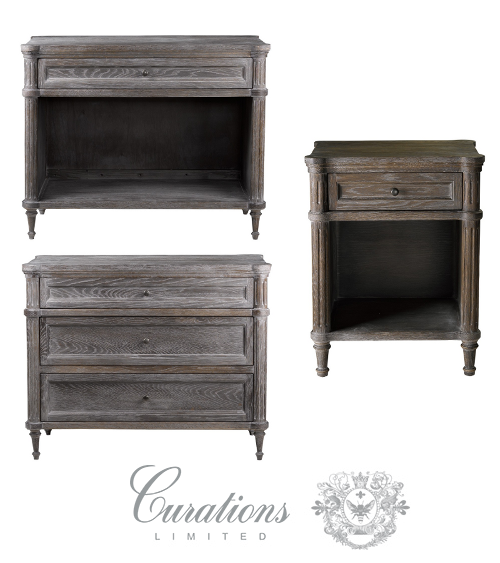 Alden Furniture Collections- Curations Limited
Alden Furniture Collections- Curations Limited
Vineyard Stripe Rug Ballard Designs
Harbor Springs Floral Duvet Cover, Lands End
Buy Authentic Historical Textiles online at Ljungbergs Factory
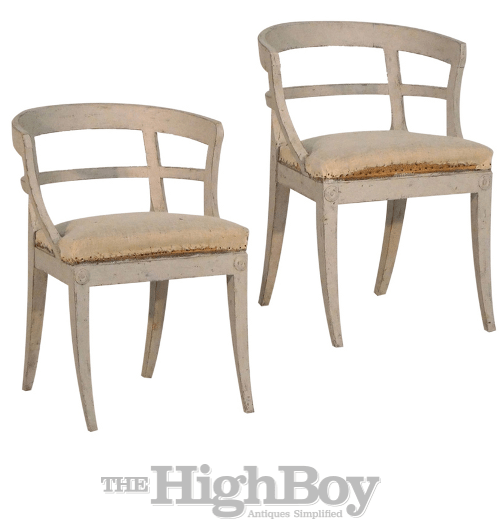 Pair of Swedish Sulla chairs with curved and open H-form backs, with original upholstery raised on splayed legs.- Highboy Antiques
Pair of Swedish Sulla chairs with curved and open H-form backs, with original upholstery raised on splayed legs.- Highboy Antiques

An antique looking mailbox – Amazon

A mailbox with a blue distressed finish – Amazon


Mid 19th Century Painted Water Carrier – debenhamantiques
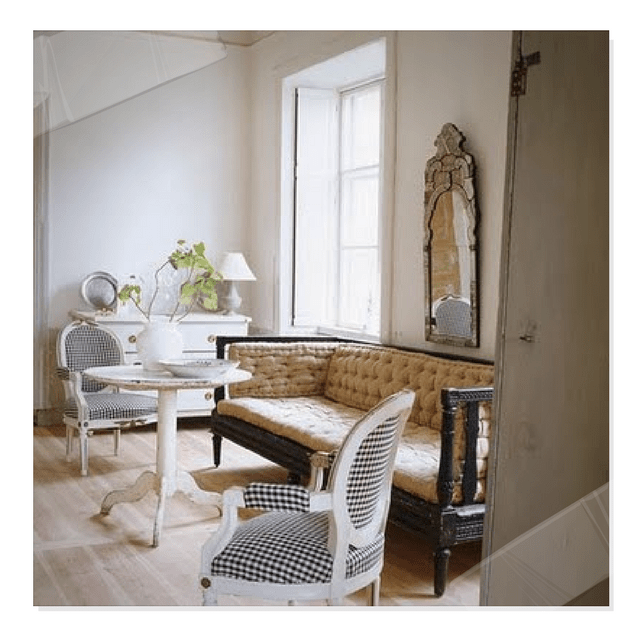


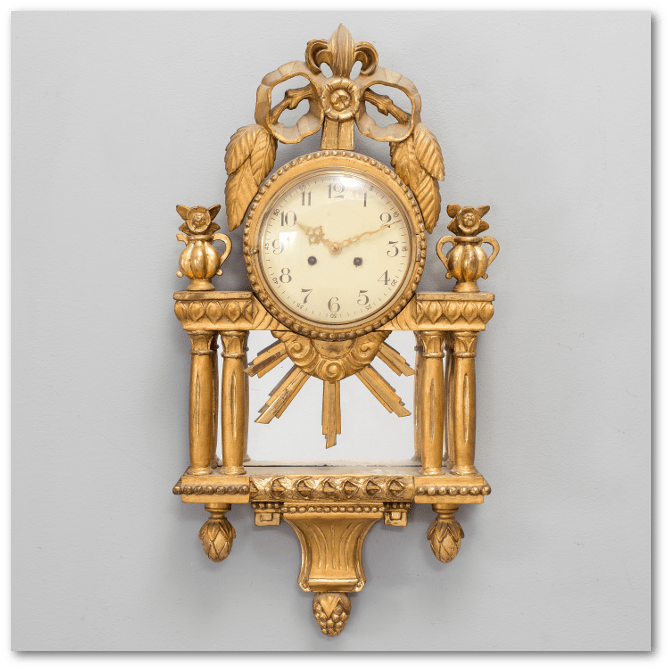
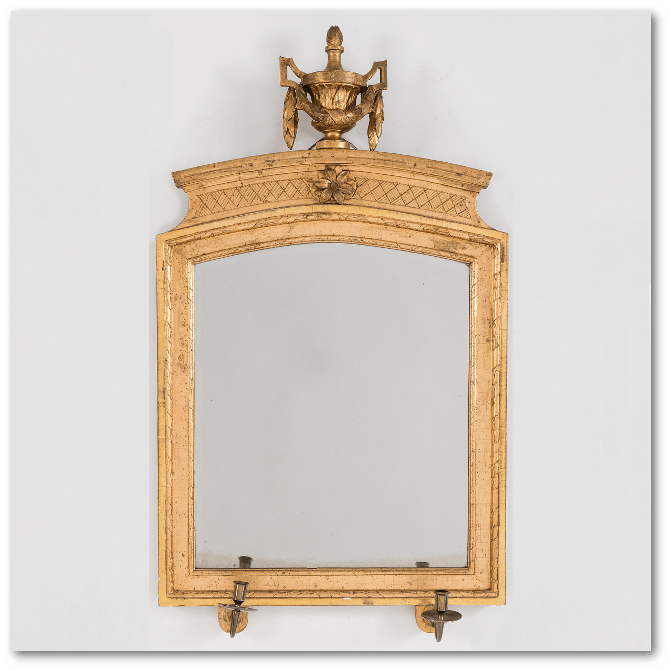
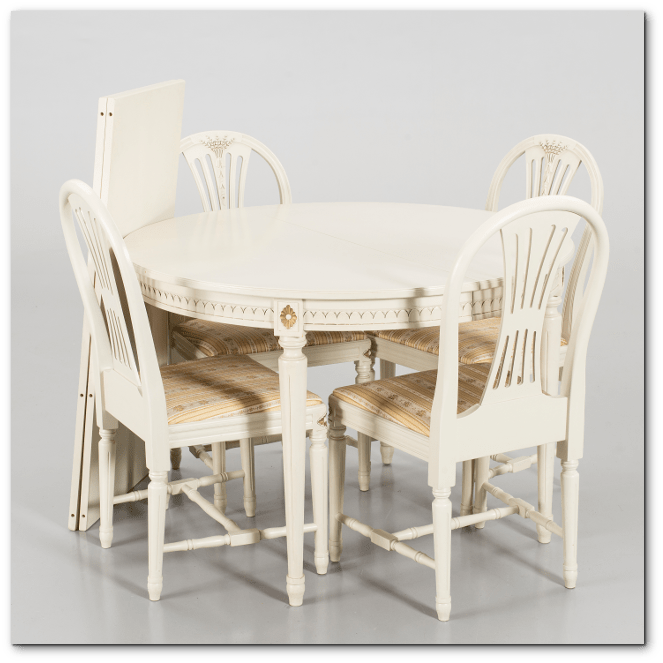
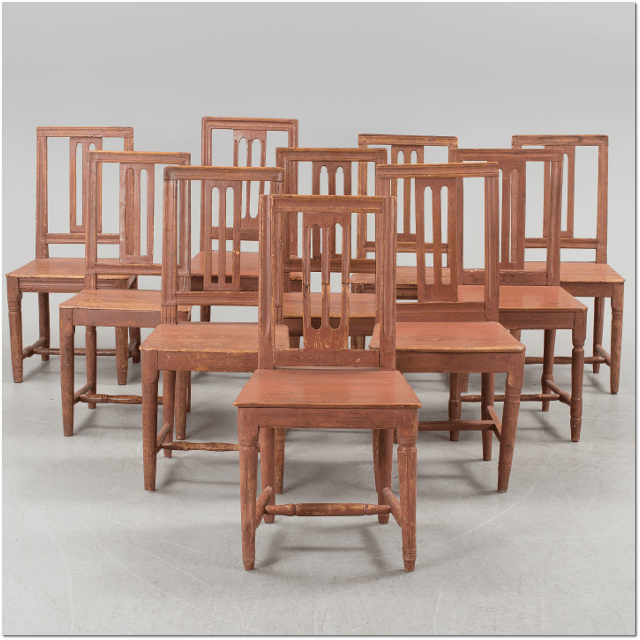
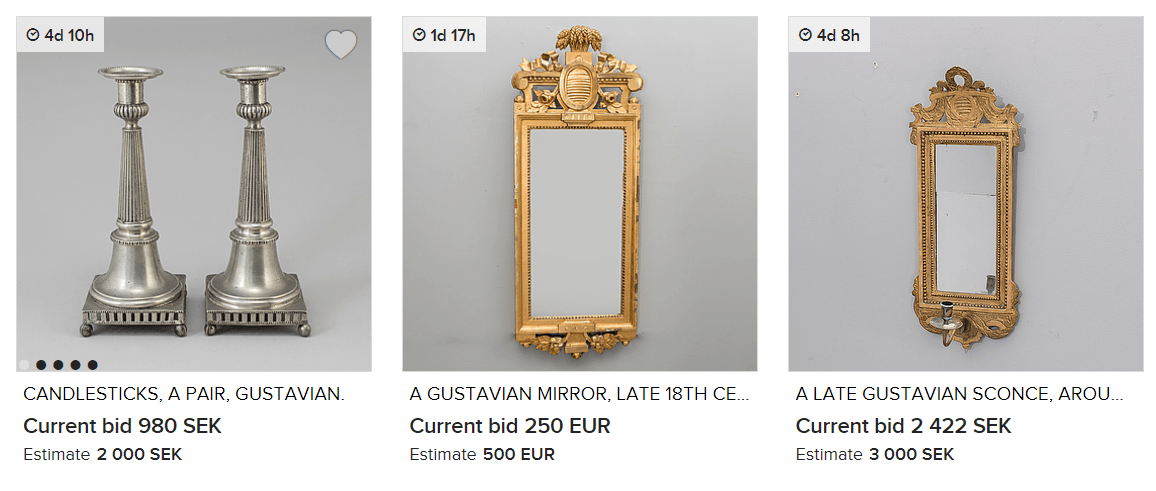
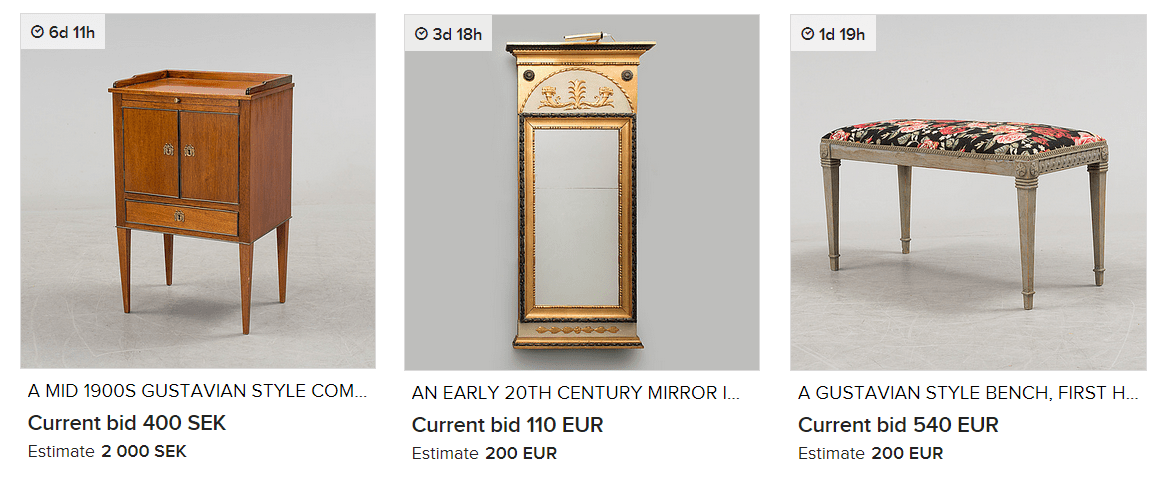
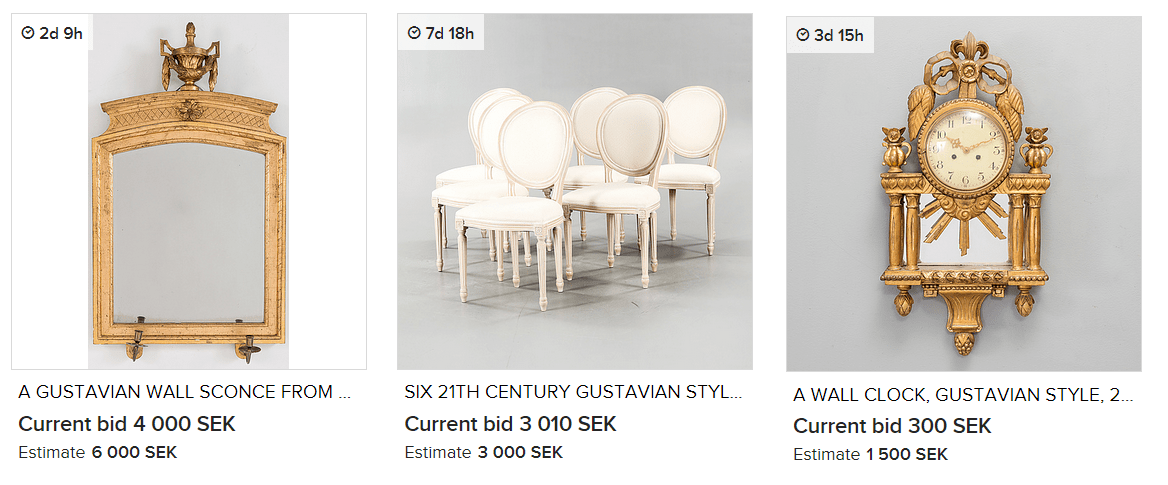
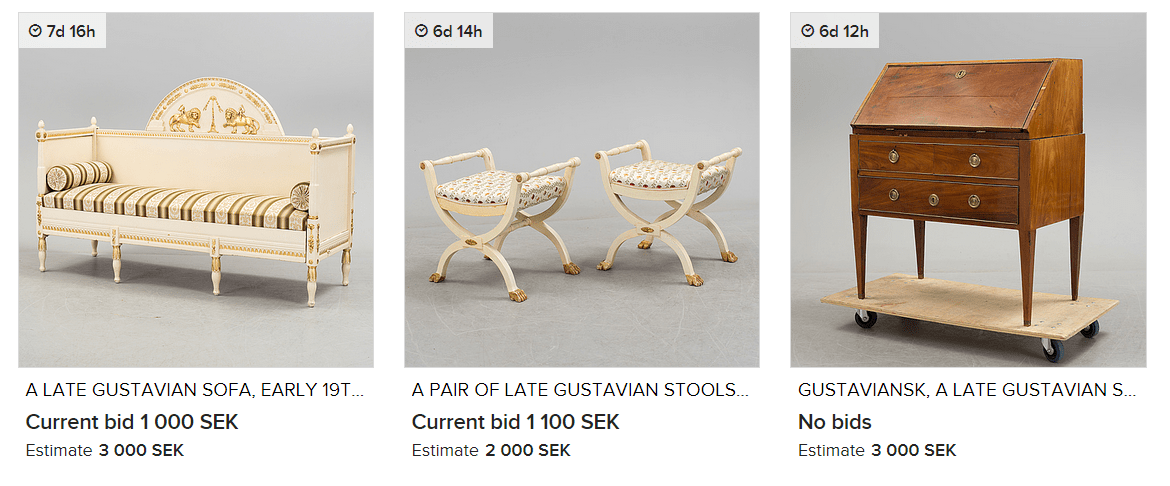
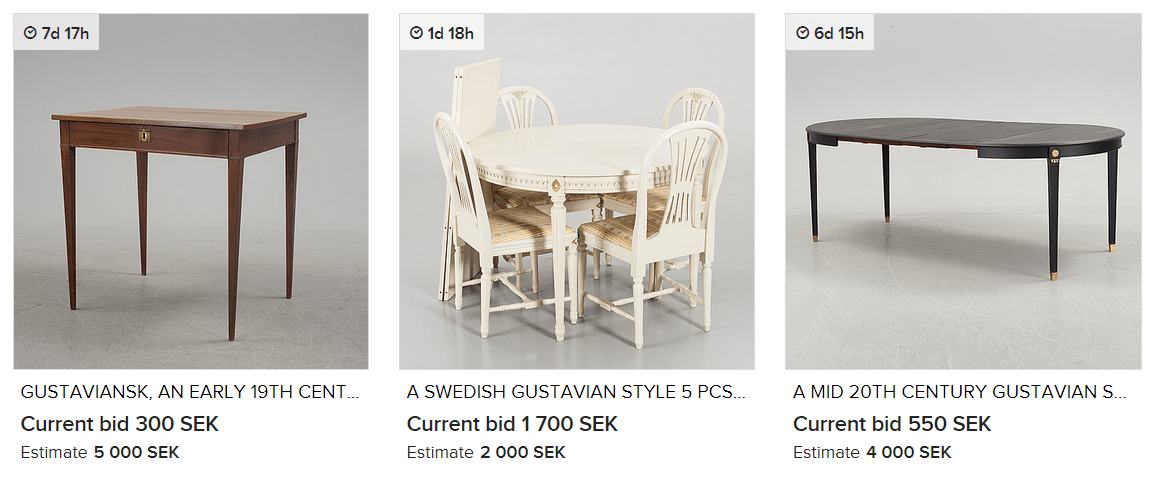
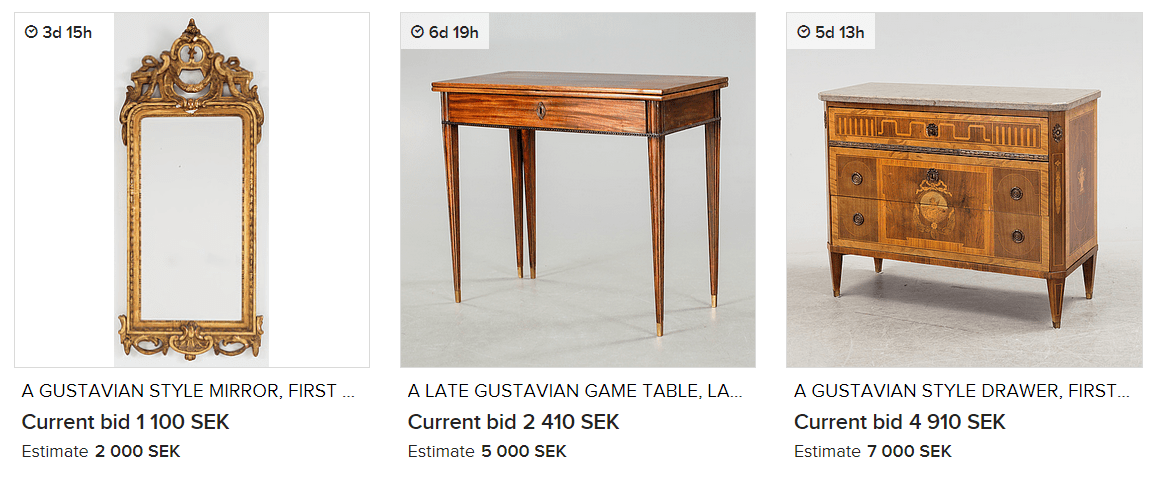

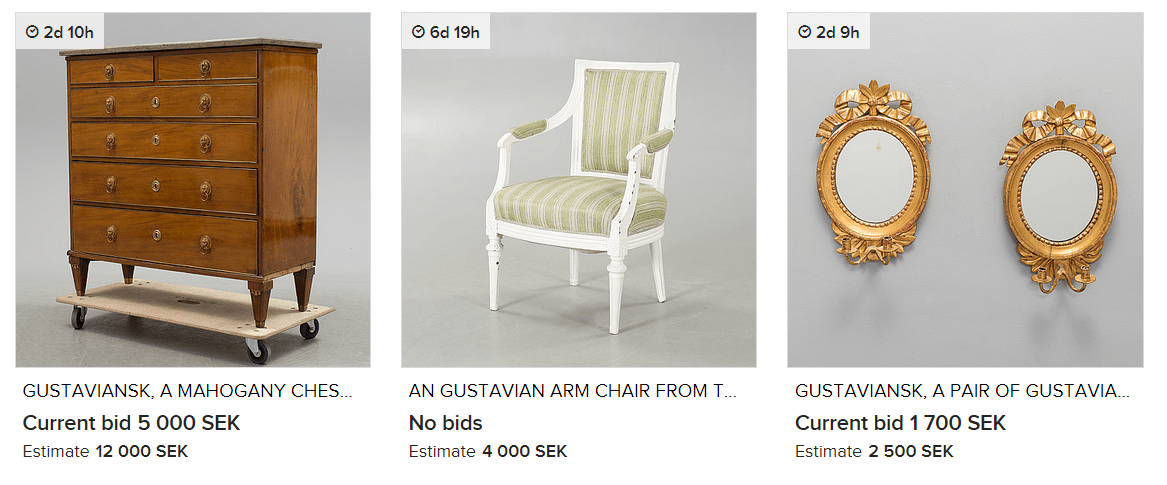
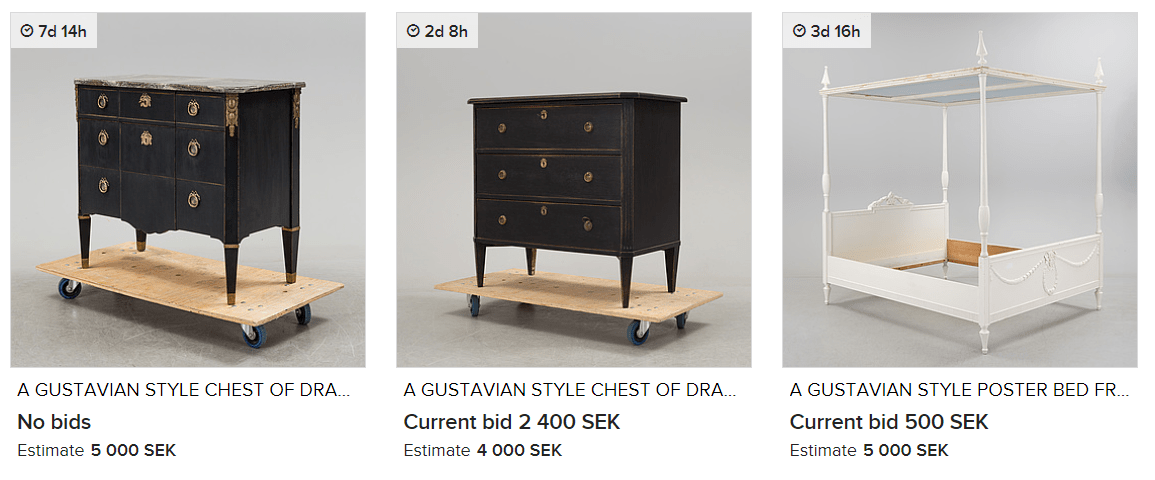
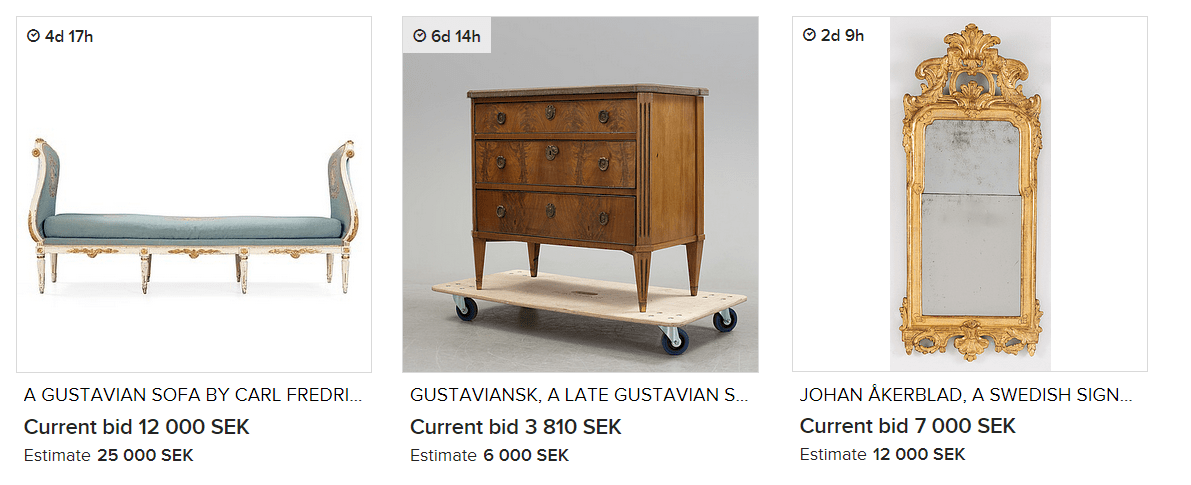

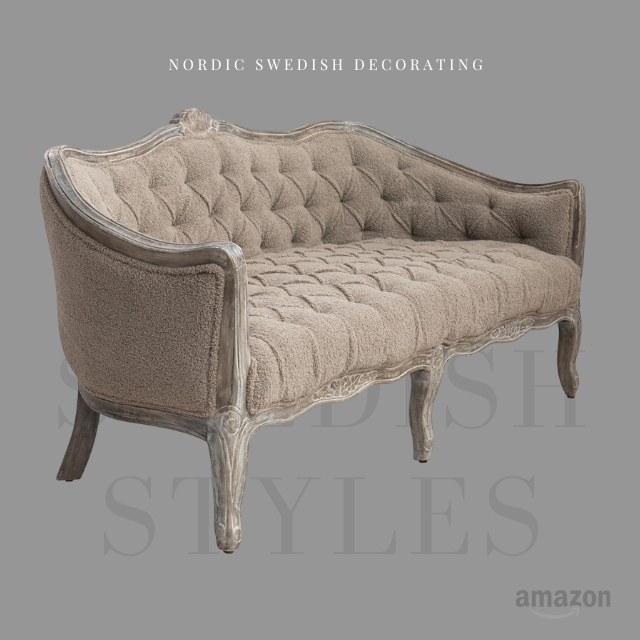
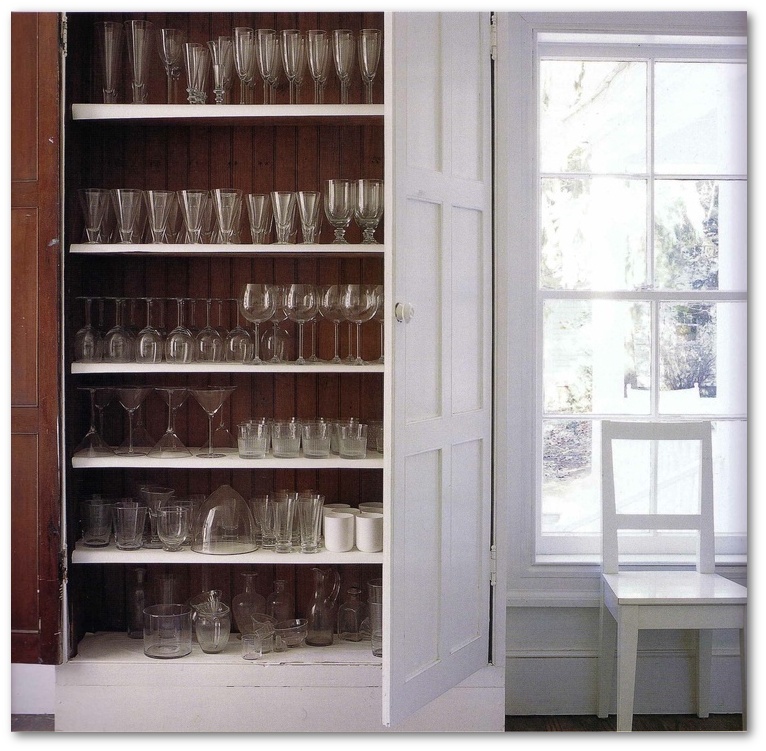
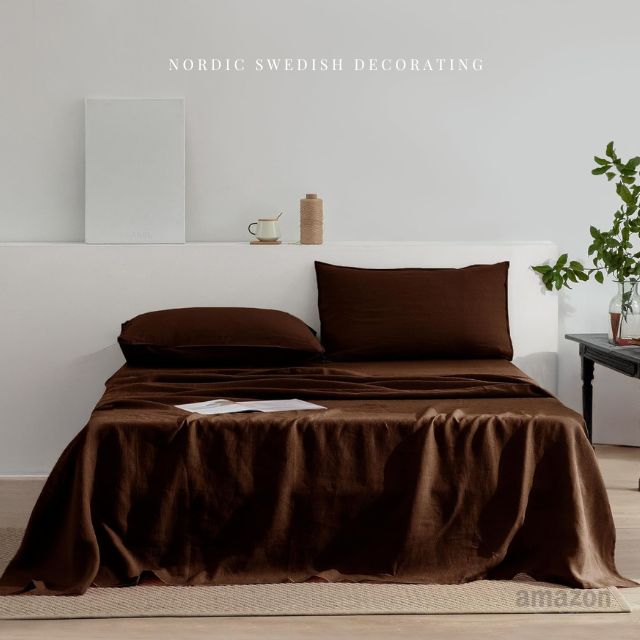
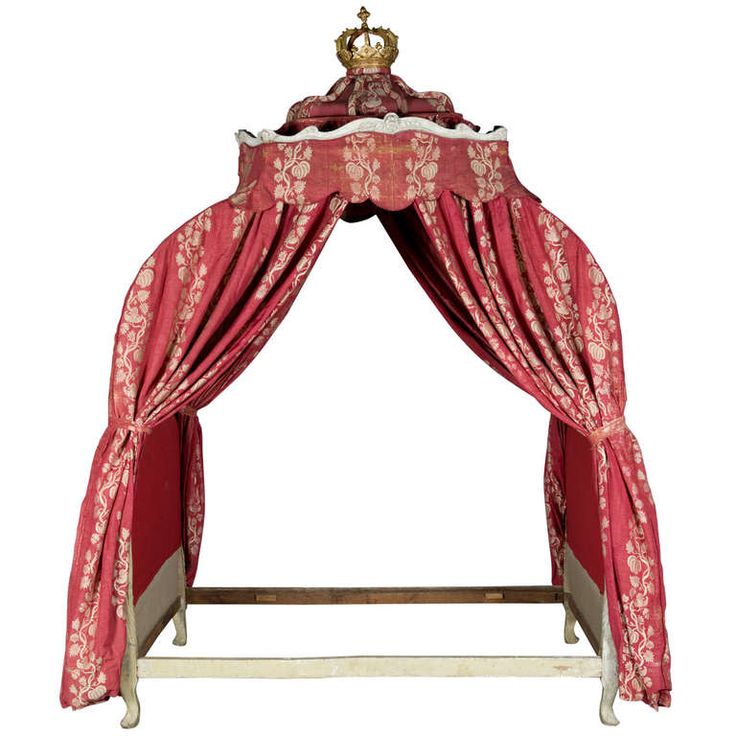
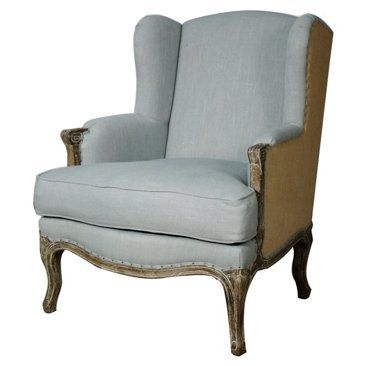
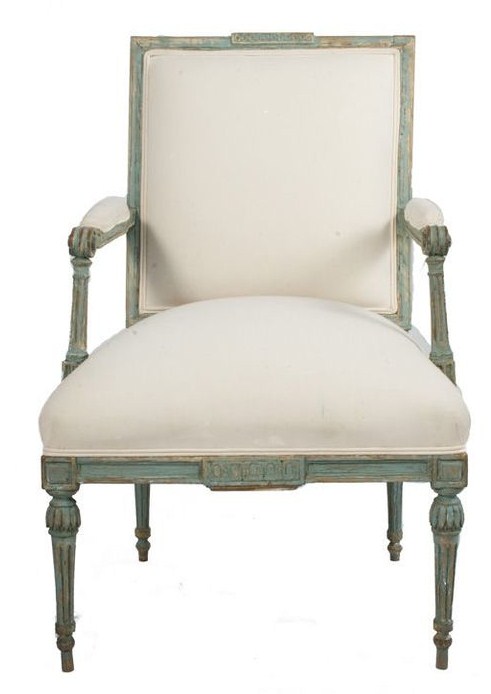
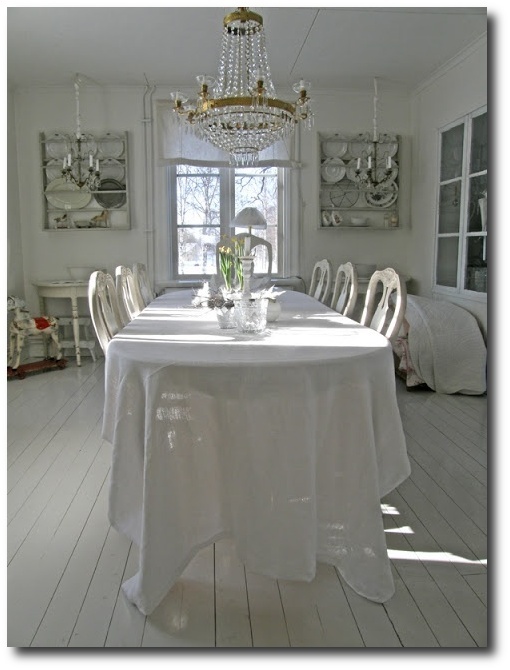
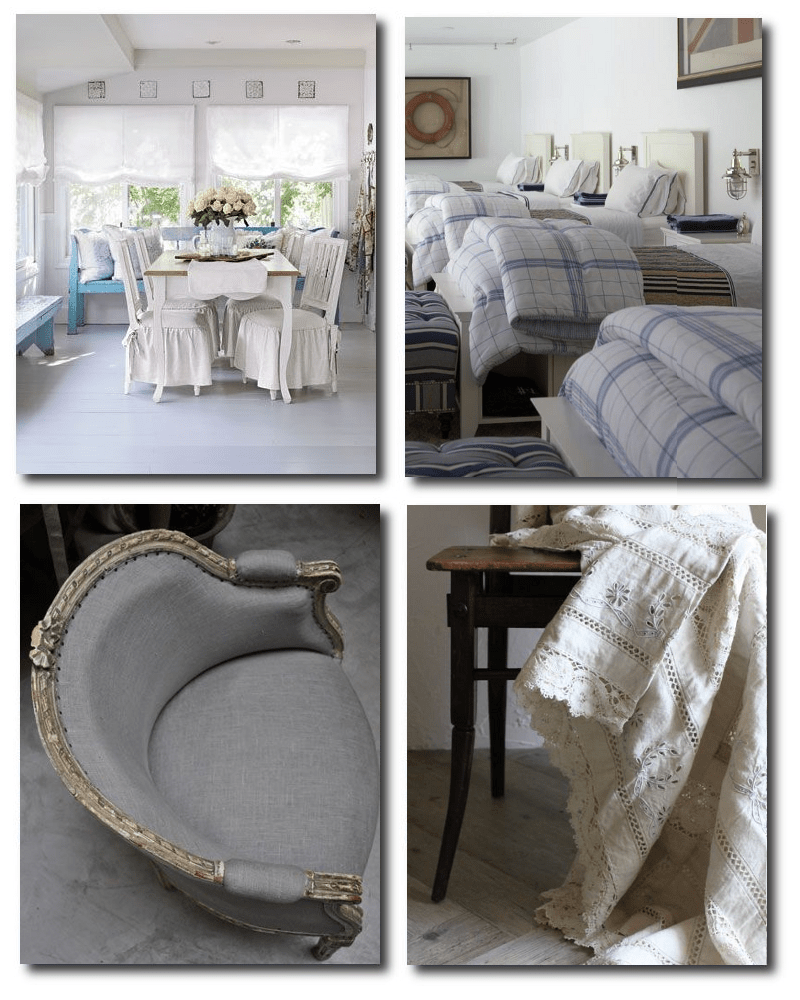
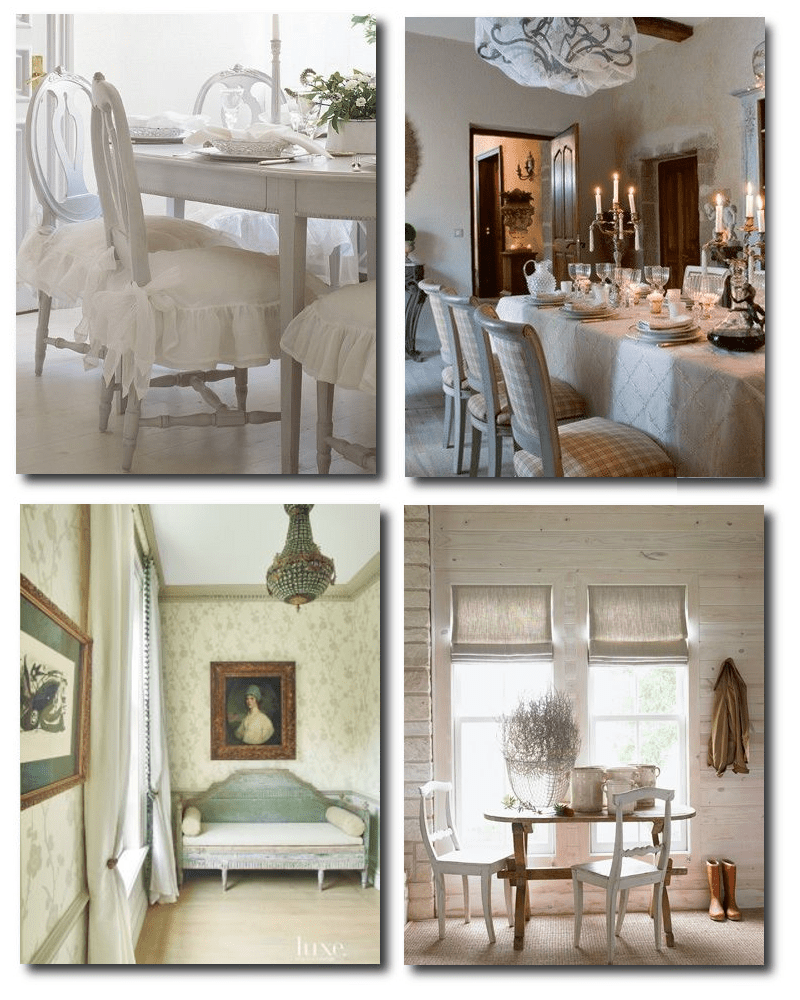

 decorativecollective.com
decorativecollective.com